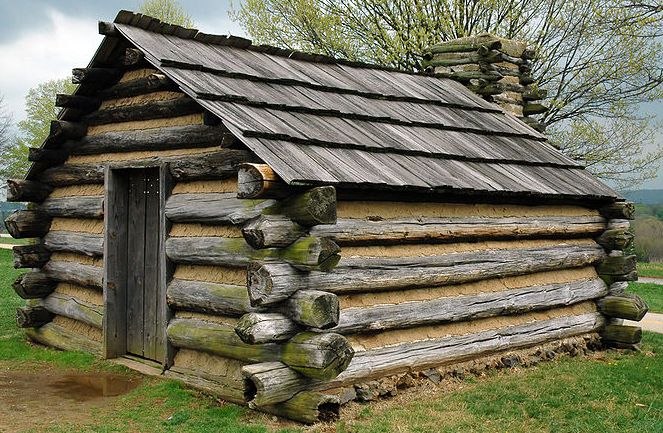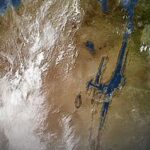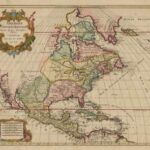
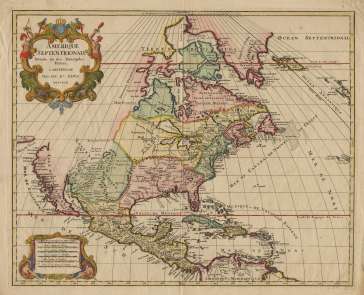 Want to know how close we can be to the sort of conflict that drives good historical fiction?
Want to know how close we can be to the sort of conflict that drives good historical fiction?
For the residents of the coastal town of Mystic, Connecticut, it’s as close as their own front yards. On a hill that is now part of a quiet neighborhood, almost 400 years ago, a fort of the Pequot people was destroyed by English colonists.
As reported by the Associated Press:
Artifacts of a battle between a Native American tribe and English settlers, a confrontation that helped shape early American history, have sat for years below manicured lawns and children’s swing sets in a Connecticut neighborhood. A project to map the battlefields of the Pequot War is bringing those musket balls, gunflints and arrowheads into the sunlight for the first time in centuries.
It’s also giving researchers insight into the combatants and the land on which they fought, particularly the Mystic hilltop where at least 400 Pequot Indians died in a 1637 massacre by English settlers.
Often, Americans look for historical intrigue and suspense overseas, in the Highlands of Scotland, the Imperial Court of China, India under the Raj, or among the legions of Rome.
But, long before the familiar struggles of the Depression, Prohibition and its gang wars, the Old West, the Civil War, and even the Revolutionary War, the eastern shore of America was the setting for much romance, violence, friendship, and betrayal… all of the elements that make up a good historical novel.

 Over at Booktryst, Stephen Gertz discusses the treasures found in a 19th Century ledger book for the London – Seven Oaks coach line.
Over at Booktryst, Stephen Gertz discusses the treasures found in a 19th Century ledger book for the London – Seven Oaks coach line. 

 Earlier this week, Carla Nayland conducted a very thorough
Earlier this week, Carla Nayland conducted a very thorough  I have to confess a particularly deep connection to the events of 9/11. Not only was I scheduled to fly back to the mainland from visiting family in Hawai’i on that day, but I was working in counter-terrorism as an Arabic linguist at the time, I had studied Islam at university, and had foreseen this innovation in tactics years before while studying the origins of Wahhabi militancy.*
I have to confess a particularly deep connection to the events of 9/11. Not only was I scheduled to fly back to the mainland from visiting family in Hawai’i on that day, but I was working in counter-terrorism as an Arabic linguist at the time, I had studied Islam at university, and had foreseen this innovation in tactics years before while studying the origins of Wahhabi militancy.*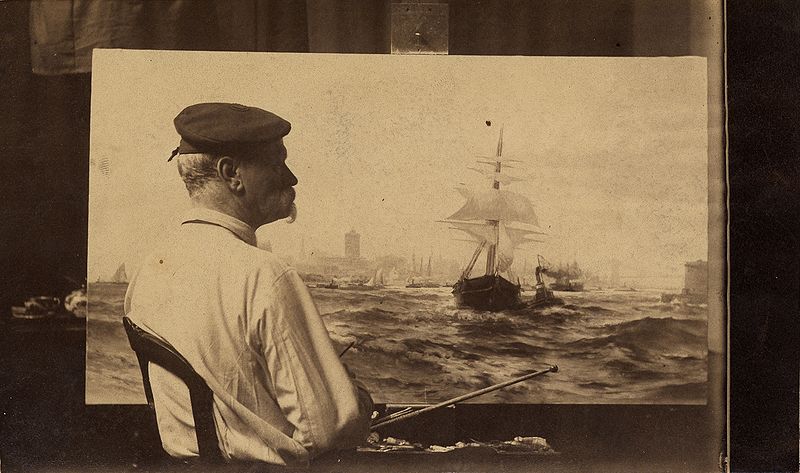

 During conservation work at Jerusalem’s Damascus Gate, built in the 1500s by Suleiman the Magnificent, workers discovered
During conservation work at Jerusalem’s Damascus Gate, built in the 1500s by Suleiman the Magnificent, workers discovered 